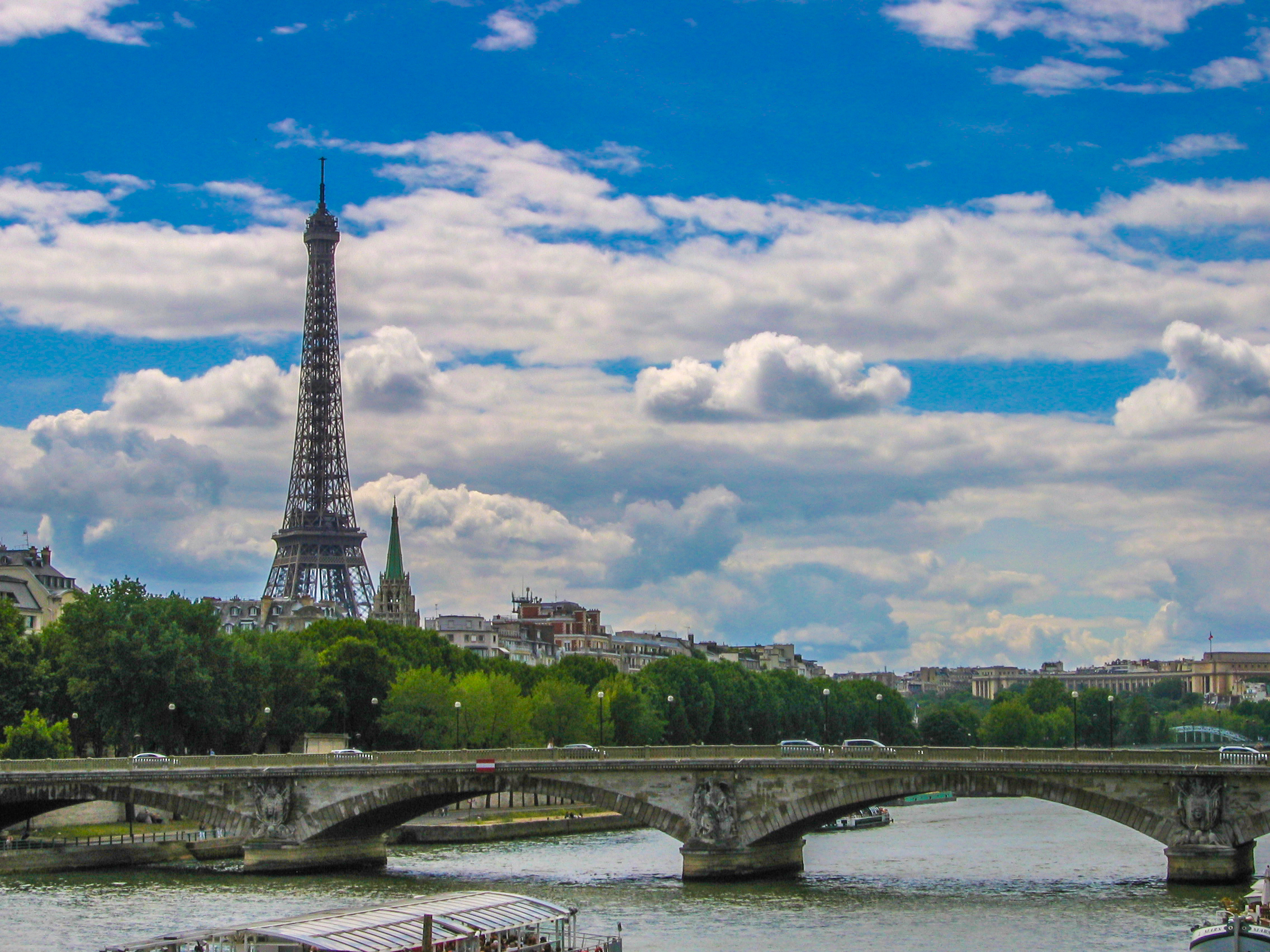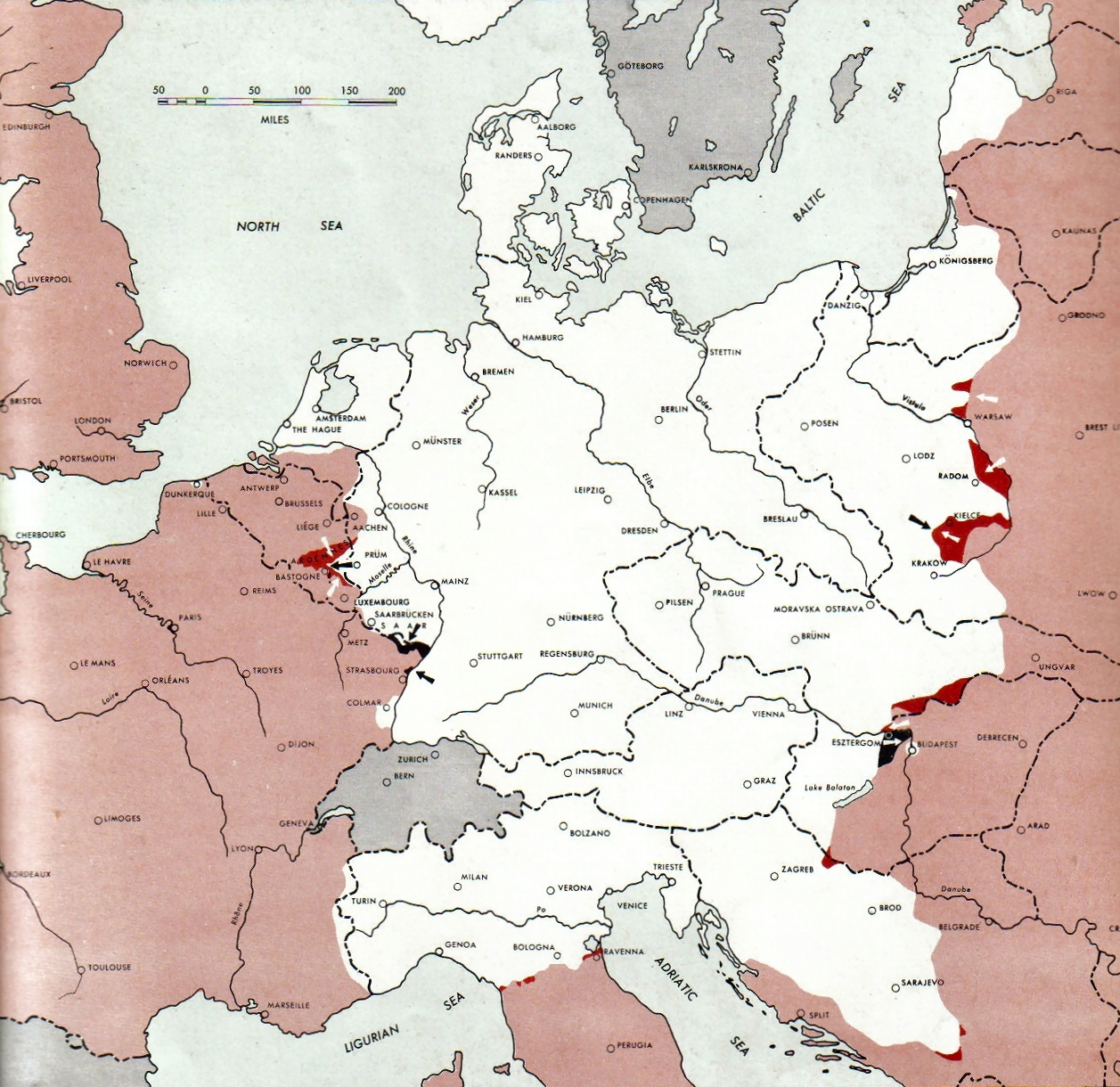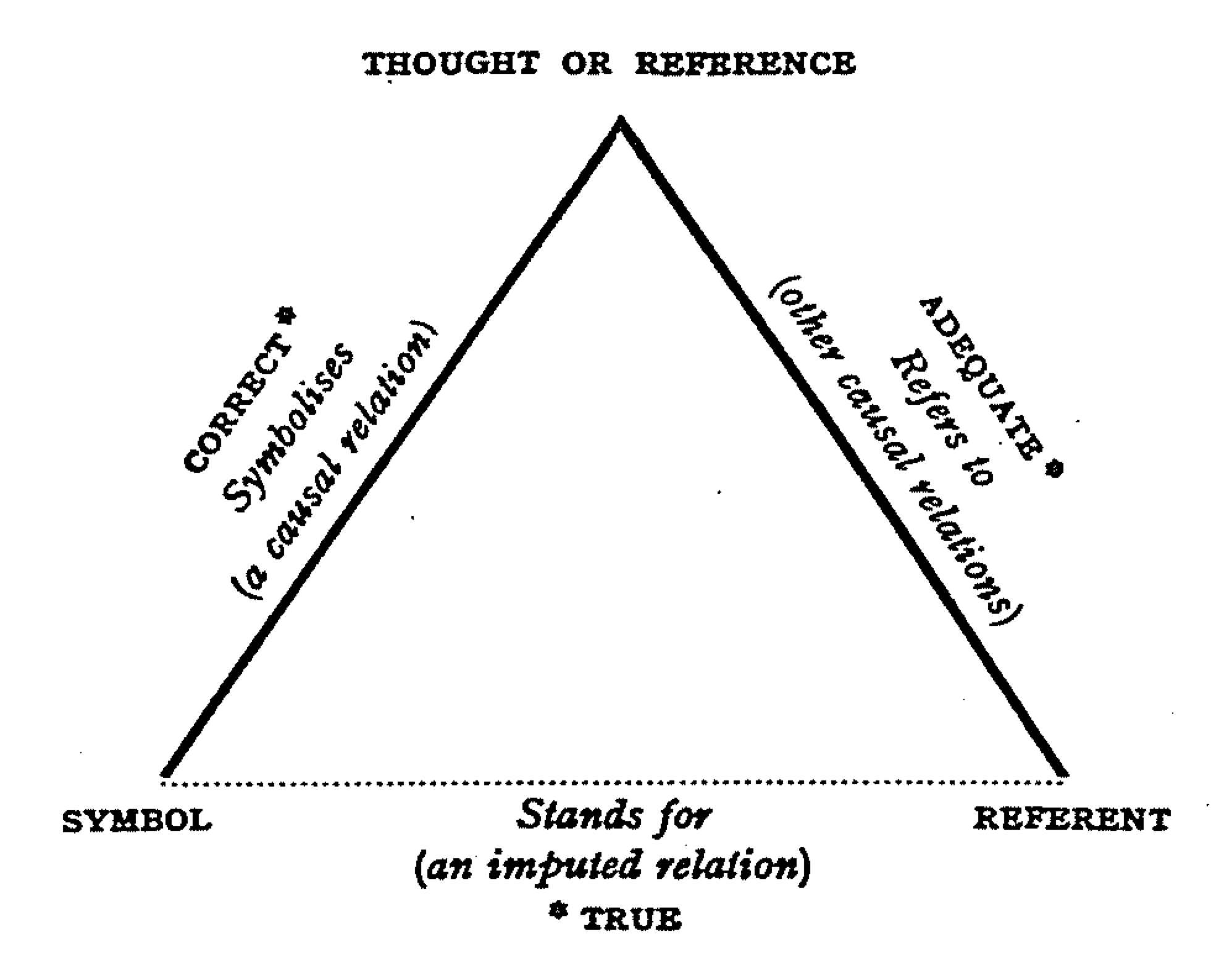|
Army Group G
Army Group G () fought on the Western Front of World War II and was a component of OB West. History Army Group G was initially deployed as an '' Armeegruppe''-type formation on 28 April 1944, but was later upgraded to ''Heeresgruppe''-type on 12 September 1944. When the Allied invasion of Southern France took place, Army Group G had eleven divisions with which to hold France south of the Loire.Pogue (referencesCHAPTER XII The Campaign in Southern Francep.227 Between August 17 and 18, the German Armed Forces High Command ordered Army Group G ( with the exception of the troops holding the fortress ports) to abandon southern France. German LXIV Corps, in command in the southwest since First Army had been withdrawn a few weeks earlier to hold the line on the River Seine southeast of Paris, formed three march groups and withdrew eastward toward Dijon. At the same time, the German Nineteenth Army retreated northward through the Rhône valley toward the Plateau de Langres. Ther ... [...More Info...] [...Related Items...] OR: [Wikipedia] [Google] [Baidu] |
Heer - Decal For Helmet 1942
Heer may refer to: People * Ewald Heer (1930–2025), American aerospace engineer, author and academic * Jeet Heer, Indo-Canadian author and journalist * Jeffrey Heer (born 1979), American computer scientist and entrepreneur * Kamal Heer (born 1973), Indian singer and musician of Punjabi music * Oswald Heer (1809–1883), Swiss botanist and naturalist with the standard botanical author abbreviation Heer * Manmohan Waris or Manmohan Heer (born 1970), Indian singer and musician of Punjabi music * Sangtar or Sangtar Heer (born 1973), Indian composer and musician of Punjabi music Army * German Army, or ''Deutsches Heer'' (1956–present), for the Cold War Army of West Germany and the current Army of Germany * German Army (1935–1945), or ''Wehrmacht Heer'', for the Second World War Army of Nazi Germany * ''Reichswehr'', or ''Reichsheer'' (1920–35), for the interwar Army of the Weimar Republic * Imperial German Army, or ''Deutsches Heer'' (1871–1919), for Army of the German Emp ... [...More Info...] [...Related Items...] OR: [Wikipedia] [Google] [Baidu] |
River Seine
The Seine ( , ) is a river in northern France. Its drainage basin is in the Paris Basin (a geological relative lowland) covering most of northern France. It rises at Source-Seine, northwest of Dijon in northeastern France in the Langres plateau, flowing through Paris and into the English Channel at Le Havre (and Honfleur on the left bank). It is navigable by ocean-going vessels as far as Rouen, from the sea. Over 60 percent of its length, as far as Burgundy, is negotiable by large barges and most tour boats, and nearly its whole length is available for recreational boating; excursion boats offer sightseeing tours of the river banks in the capital city, Paris. There are 37 bridges in Paris across the Seine (the most famous of which are the Pont Alexandre III and the Pont Neuf) and dozens more outside the city. A notable bridge, which is also the last along the course of the river, is the Pont de Normandie, the ninth longest cable-stayed bridge in the world, which ... [...More Info...] [...Related Items...] OR: [Wikipedia] [Google] [Baidu] |
Colmar Pocket
The Colmar Pocket (; ) was the area held in central Alsace, France, by the German Nineteenth Army from November 1944 to February 1945, against the U.S. 6th Army Group (6th AG) during World War II. It was formed when 6th AG liberated southern and northern Alsace and adjacent eastern Lorraine, but could not clear central Alsace. During Operation Nordwind in December 1944, the 19th Army attacked north out of the Pocket in support of other German forces attacking south from the Saar into northern Alsace. In late January and early February 1945, the French First Army (reinforced by the U.S. XXI Corps) cleared the Pocket of German forces. Background Formation of the Pocket A German bridgehead on the west bank of the Rhine long and deep was isolated in November 1944 when the German defenses in the Vosges Mountains The Vosges ( , ; ; Franconian (linguistics), Franconian and ) is a range of medium mountains in Eastern France, near its France–Germany border, border with G ... [...More Info...] [...Related Items...] OR: [Wikipedia] [Google] [Baidu] |
References
A reference is a relationship between Object (philosophy), objects in which one object designates, or acts as a means by which to connect to or link to, another object. The first object in this relation is said to ''refer to'' the second object. It is called a ''name'' for the second object. The next object, the one to which the first object refers, is called the ''referent'' of the first object. A name is usually a phrase or expression, or some other Symbol, symbolic representation. Its referent may be anything – a material object, a person, an event, an activity, or an abstract concept. References can take on many forms, including: a thought, a sensory perception that is Hearing (sense), audible (onomatopoeia), visual perception, visual (text), olfaction, olfactory, or tactile, emotions, emotional state, relationship with other, spacetime coordinates, symbolic system, symbolic or alpha-numeric grid, alpha-numeric, a physical object, or an energy projection. In some cases, meth ... [...More Info...] [...Related Items...] OR: [Wikipedia] [Google] [Baidu] |
Alsace
Alsace (, ; ) is a cultural region and a territorial collectivity in the Grand Est administrative region of northeastern France, on the west bank of the upper Rhine, next to Germany and Switzerland. In January 2021, it had a population of 1,919,745. Alsatian culture is characterized by a blend of German and French influences. Until 1871, Alsace included the area now known as the Territoire de Belfort, which formed its southernmost part. From 1982 to 2016, Alsace was the smallest administrative in metropolitan France, consisting of the Bas-Rhin and Haut-Rhin Departments of France, departments. Territorial reform passed by the French Parliament in 2014 resulted in the merger of the Alsace administrative region with Champagne-Ardenne and Lorraine to form Grand Est. On 1 January 2021, the departments of Bas-Rhin and Haut-Rhin merged into the new European Collectivity of Alsace but remained part of the region Grand Est. Alsatian dialect, Alsatian is an Alemannic German, Alemannic ... [...More Info...] [...Related Items...] OR: [Wikipedia] [Google] [Baidu] |
Lorraine
Lorraine, also , ; ; Lorrain: ''Louréne''; Lorraine Franconian: ''Lottringe''; ; ; is a cultural and historical region in Eastern France, now located in the administrative region of Grand Est. Its name stems from the medieval kingdom of Lotharingia (855–959 AD), which in turn was named after either Emperor Lothair I or King Lothair II. Lorraine, originally the southern or "upper" part of this kingdom, came to be ruled by the Holy Roman Empire as the Duchy of Lorraine before the Kingdom of France annexed it in 1766. From 1982 until January 2016, Lorraine was an administrative region of France. In 2016, under a reorganisation, it became part of the new region Grand Est. As a region in modern France, Lorraine consisted of the four departments Meurthe-et-Moselle, Meuse, Moselle and Vosges (from a historical point of view the Haute-Marne department is also located in the region), containing 2,337 communes. Metz is the regional prefecture. The largest metropolitan area ... [...More Info...] [...Related Items...] OR: [Wikipedia] [Google] [Baidu] |
Vosges Mountains
The Vosges ( , ; ; Franconian (linguistics), Franconian and ) is a range of medium mountains in Eastern France, near its France–Germany border, border with Germany. Together with the Palatine Forest to the north on the German side of the border, they form a single Geomorphology, geomorphological unit and low mountain range of around in area. It runs in a north-northeast direction from the Burgundian Gate (the Belfort–Ronchamp–Lure, Haute-Saône, Lure line) to the Börrstadt Basin (the Winnweiler–Börrstadt–Göllheim line), and forms the western boundary of the Upper Rhine Plain. The Grand Ballon is the highest peak at , followed by the Storkenkopf (), and the Hohneck (Vosges), Hohneck ().Institut Géographique National, IGN maps available oGéoportail/ref> Geography Geographically, the Vosges Mountains are wholly in France, far above the Col de Saverne separating them from the Palatinate Forest in Germany. The latter area logically continues the same Vosges geolog ... [...More Info...] [...Related Items...] OR: [Wikipedia] [Google] [Baidu] |
United States Seventh Army
The Seventh Army was a United States army created during World War II that evolved into the United States Army Europe (USAREUR) during the 1950s and 1960s. It served in North Africa and Italy in the Mediterranean Theater of Operations and France and Germany in the European Theater between 1942 and 1945. Originally the I Armored Corps under command of Lieutenant General George S. Patton, it made landfall at Morocco during Operation Torch as the Western Task Force, the first all-U.S. force to enter the European war. Following successful defeat of the Wehrmacht under Field Marshal Erwin Rommel in North Africa, the I Armored Corps was redesignated the Seventh Army on 10 July 1943 while at sea en route to the Allied invasion of Sicily as the spearhead of Operation Husky. After the conquests of Palermo and Messina the Seventh Army prepared for the invasion of France by its Mediterranean coast as the lead element of Operation Dragoon in August 1944. It then drove a retreating Ge ... [...More Info...] [...Related Items...] OR: [Wikipedia] [Google] [Baidu] |
French First Army
The First Army () was a field army of France that fought during World War I and World War II. It was also active during the Cold War. World War I On mobilization in August 1914, General Auguste Dubail was put in the charge of the First Army, which comprised the 7th, 8th, 13th, 14th, and 21st Army Corps, two divisions of cavalry and one reserve infantry division. It was massed between Belfort and the general line Mirecourt-Lunéville with headquarters at Epinal. First Army then took part, along with the French Second Army, in the Invasion of Lorraine. The First Army intended to take the strongly defended town of Sarrebourg. Bavarian Crown Prince Rupprecht, commander of the German Sixth Army, was tasked with stopping the French invasion. The French attack was repulsed by Rupprecht and his stratagem of pretending to retreat and then strongly attacking back. On 20 August Rupprecht launched a major counter-offensive, driving the French armies out. Dubail was replaced in ... [...More Info...] [...Related Items...] OR: [Wikipedia] [Google] [Baidu] |
Sixth United States Army Group
The 6th United States Army Group (also referred to as the Southern Group of Armies) was an Allied army group that fought in the European Theater of Operations during World War II. Made up of field armies from both the United States Army and the French Army, it fought in France, Germany, Austria, and, briefly, Italy. It was established in July 1944 and commanded throughout its duration by General Jacob L. Devers. In a lead role in Operation Undertone, its Seventh Army fought its way across the Rhine into Germany, captured Nuremberg and then Munich. Finally it crossed the Brenner Pass and made contact with the US Fifth Army at Vipiteno, Italy.Fifth Army History • Race to the Alps, Chapter VI : Conclusio"On 3 May the 85th and 88th nfantryDivisions sent task forces north over ice and snow 3 feet deep to seal the Austrian frontier and to gain contact with the American Seventh Army, driving southward from Germany. The 339th Infantry 5th Divisionreached Austrian soil east ... [...More Info...] [...Related Items...] OR: [Wikipedia] [Google] [Baidu] |
United States Third Army
The United States Army Central, formerly the Third United States Army, commonly referred to as the Third Army and as ARCENT, is a military formation of the United States Army that saw service in World War I and World War II, in the 1991 Gulf War, and in the coalition occupation of Iraq. It is best known for its campaigns in World War II under the command of General George S. Patton. The Third Army is headquartered at Shaw Air Force Base, South Carolina with a forward element at Camp Arifjan, Kuwait. It serves as the echelon above corps for the Army component of CENTCOM, whose area of responsibility (AOR) includes Southwest Asia, around 20 countries of the world, in Africa, Asia, and the Persian Gulf. World War I The Third United States Army was first activated during the First World War on 7 November 1918, at Chaumont, France, when the General Headquarters of the American Expeditionary Forces (AEF) issued General Order 198 organizing the Third Army and announcing its he ... [...More Info...] [...Related Items...] OR: [Wikipedia] [Google] [Baidu] |
5th Panzer Army
5th Panzer Army () was the name of two different German armoured formations during World War II. The first of these was formed in 1942, during the North African campaign and surrendered to the Allies at Tunis in 1943. The army was re-formed in France in 1944, fought in Western Europe and surrendered in the Ruhr pocket in 1945. History Formation in Italy and deployment in North Africa On 17 November 1942, the ''Stab Nehring'' staff, assigned to the German general in Rome, was reformed to become the LXXXX Army Corps. This staff was soon repurposed to become the 5th Panzer Army. The 5th Panzer Army was created on 8 December 1942 as a command formation for armoured units forming to defend Tunisia against Allied attacks which threatened, after the success of the Allied Operation Torch landings in Algeria and Morocco. The army fought alongside the Italian First Army as a part of Army Group Afrika. The army capitulated on 13 May 1943, along with its commander Gustav von Vaerst. ... [...More Info...] [...Related Items...] OR: [Wikipedia] [Google] [Baidu] |







